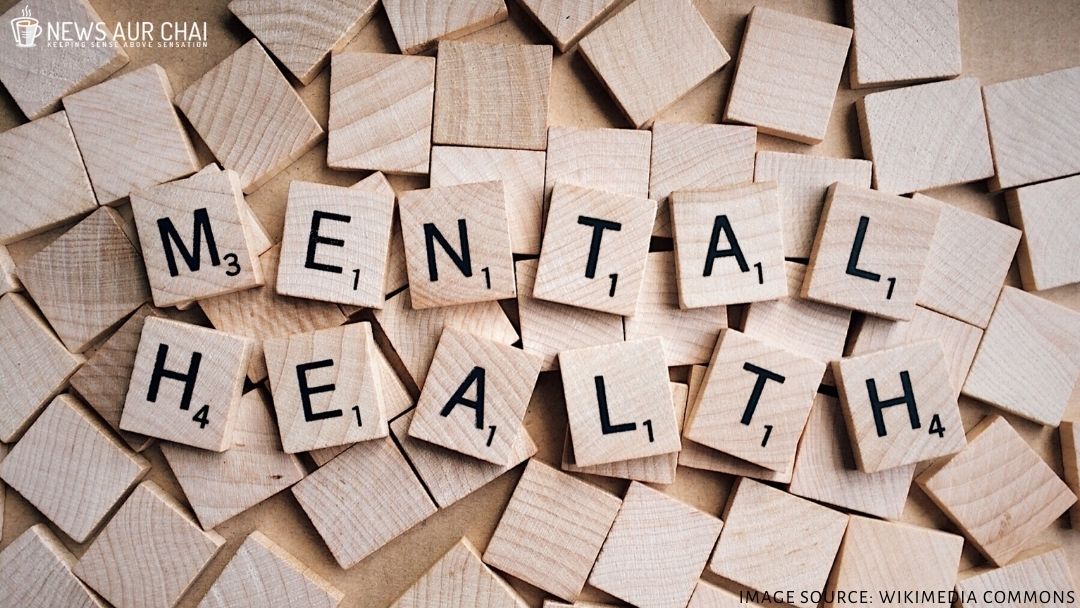
The World Health Organization’s (WHO) Constitution states “Health is a state of complete physical, mental and social well-being and not merely the absence of disease or infirmity.” It is essential to understand that ‘mental health is more than just the absence of mental disorders or disabilities.’ For a person to strive and thrive in today’s society, his mental health needs to be in harmony with his surroundings. Otherwise, it can cause a whole load of problems to the individual.
Determinants of Mental Health
According to the findings by WHO, there are three kinds of factors which affect a person’s mental health:-
- Social factors: A weak mental health could be caused by rapid social change, stressful work conditions, unhealthy lifestyle, physical illness, violation of human rights, gender discrimination and social exclusion;
- Psychological factors: Here, the possible reasons could be specific in nature. The presence of certain psychological and personality aspects could put an individual’s mental health at risk;
- Biological factors: Genetics is one such element in this category which makes an individual vulnerable to poor mental health.
KNOW THE FACTS!
Dr Sagar Mundada, a recognized psychiatrist, had once stated that, “The most common mental health and related issues like depression, anxiety and addiction are the highest contributors to productivity loss. It might not cause immediate death but it leads to morbidity.” Morbidity refers to the amount of any disease within a population.
- Over 90 million Indians, or 7.5 per cent of the country’s population of 1.37 billion are suffering from some form of mental disorder (reports by WHO – March 2020);
- As per a study conducted by India’s National Institute of Mental Health & Neurosciences (NIMHANS), nearly 150 million Indians need active intervention, while fewer than 30 million are actually getting it;
- Study carried out by Mental Health Research UK, a British charity, in 2019, revealed that 42.5 per cent of India’s corporate employees suffer from either anxiety disorder or depression, which is almost every second employee;
- According to Lancet Global Health Study, ‘suicide’ is the leading cause of deaths amongst Indians primarily belonging to the age group of 15 to 39;
- Due to the lack of awareness, only 2 out of 10 people seeks medical help in India;
- In the current situation, more than 200 million Indians may have mental illnesses, and the condition can grow worse.
The Mental Health Care Act, 2017 is a Health Act which ensures that every affected person will have access to mental healthcare and treatment from services run or funded by the Government. In turn, the Government shall provide the requirements for a range of services.
According to a study by the Indian Journal of Psychiatry, “The conservative annual estimated cost on the Government to implement the Mental Healthcare Act, 2017 would be Rs 94,073 crore.” It is ‘depressing’ to note that the current spending towards this does not even amount to a fraction of the stated figure.
How has India responded to red flag?
There is an immense gap in the Budget allocation and the actual spending on the sector.
- There is a shortage of funds allocated for mental health in India. In the Financial Year (FY) 2019, the funds available with the National Mental Health Programme (NHMP) was reduced to Rs. 40 crore from Rs. 50 crore of FY 2018;
- It is sad to note that India, being a developing country, has spent only 0.05 per cent of the annual health budget on this issue of mental illness over the last few years. This is even lower than the average spending of low-income countries in the same area which is 5 per cent;
- Dr. Devraj Sinha once expressed that the authorities ignore the psychiatry department’s requests for medication and other needs;
- There is a lack of medical staff to cater to the needs of the Mental Health sector, and no one has even bothered to highlight this;
- According to WHO, the Indian economy will get hit by a mental health crisis amounting to more than 1 trillion dollars between 2012 and 2030;
In short, there is no progress in this sector. This answers why people hesitate even approach the medical institutes for assistance. Dr Mundada added that, “A change of attitude towards mental health, an investment push, Government-backed awareness campaigns, primary mental health treatment in Government’s wellness centres and sanctioning of more psychiatry seats in Government colleges are some of the immediate steps that can be taken to start solving the issue.
Studies shockingly show that 71 per cent of Indians still use terminology associated with stigma and prejudice to describe mental illnesses.
Why mental health gets affected in today’s Techno Era?
Over the years, upon interaction with people, it was found out that the following elements are the key reasons why people succumb to poor mental health:
- Unrealistic expectations of people;
- Peer pressure;
- Exposure to uncontrolled aspects, both online and offline;
- Inferiority complex.
How to extend a helping hand to an affected person?
- Ask the individual how he/she is doing. Studies have shown that asking at-risk individuals if they are suicidal or depressed, does not increase suicides or adverse thoughts;
- Listen to people and avoid putting labels. Do not judge anyone; you will also be judged. Research suggests acknowledging and talking about suicide may in fact reduce, rather than increase suicidal thoughts;
- Consult a doctor/psychiatrist/professional therapist for counselling and therapy, if required. Slowly implement useful changes to medication, lifestyle and the circle you interact with;
- Stay connected, even after the crisis. Studies have shown the number of suicide deaths goes down when someone follows up with the at-risk person.
Prevention is better than cure
- Keep a positive attitude and an optimistic mind to overcome the challenges;
- Avoid negativity and degrading aspects of the world around us;
- Take time out from the fast-paced world;
- Face your fears boldly;
- Confront anxiety with confidence;
- Avoid harmful and destructive addictions;
- Have a healthy and supportive system.





